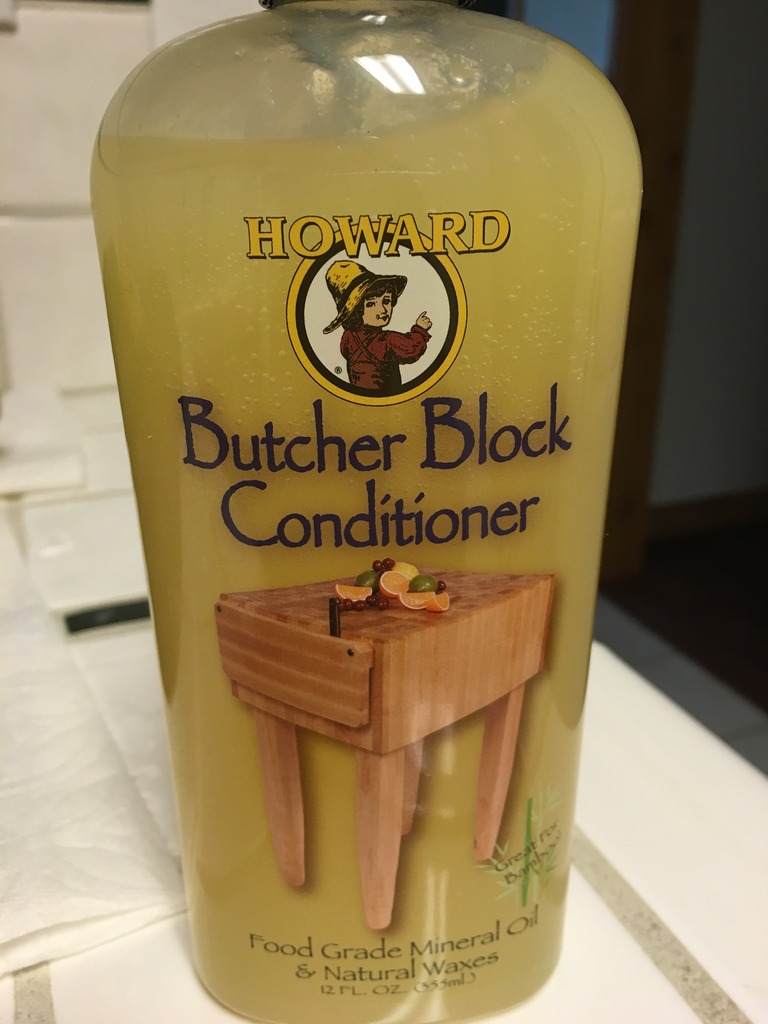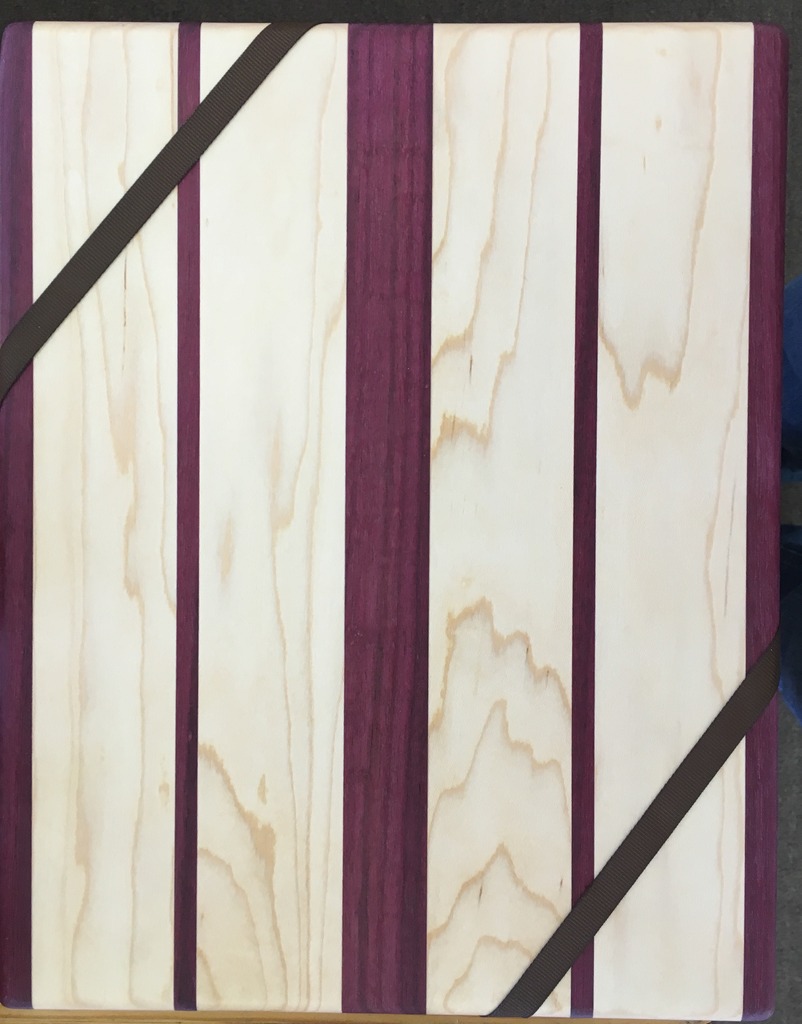Sfolivier
Member
I always seems to post questions... So I wanted to post a trick instead this time  When turning purpleheart, try to make it change color in your oven. I just placed segments of a gelwriter in mine and it was very interesting. The color had a blue / red gradient within the blank and was overall much more intense and violet (instead of purple) than what I had been able to achieve before.
When turning purpleheart, try to make it change color in your oven. I just placed segments of a gelwriter in mine and it was very interesting. The color had a blue / red gradient within the blank and was overall much more intense and violet (instead of purple) than what I had been able to achieve before.
Here are my thoughts:
- 250oF, 10 minutes. Monitor the barrels all the time. The wood will turn purple, then violet, then black if grossly overdone.
- It's okay to put the mandrel with the unfinished barrels in the oven. Just loosen the end nut to allow for expansion.
- It's metal above water boiling temperature. Use protection when handling the mandrel. It will take a while to cool too.
- Use a collection pan (either made of aluminum foil or a cheap disposable one). If you overdo the blank it may leak some smelly stuff you don't want to keep in the oven.
- Rotate the blank... Or not for interesting effects... The temperature will probably not be homogeneous.
have fun!
PS: I wish I had taken a picture before giving the pen to a friend [8)]
Here are my thoughts:
- 250oF, 10 minutes. Monitor the barrels all the time. The wood will turn purple, then violet, then black if grossly overdone.
- It's okay to put the mandrel with the unfinished barrels in the oven. Just loosen the end nut to allow for expansion.
- It's metal above water boiling temperature. Use protection when handling the mandrel. It will take a while to cool too.
- Use a collection pan (either made of aluminum foil or a cheap disposable one). If you overdo the blank it may leak some smelly stuff you don't want to keep in the oven.
- Rotate the blank... Or not for interesting effects... The temperature will probably not be homogeneous.
have fun!
PS: I wish I had taken a picture before giving the pen to a friend [8)]


